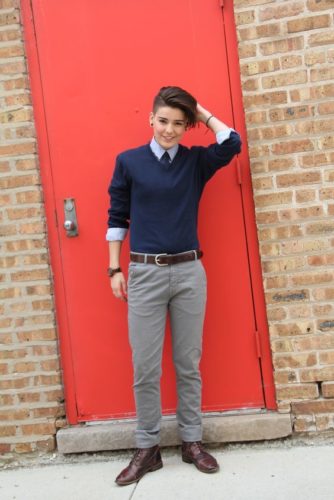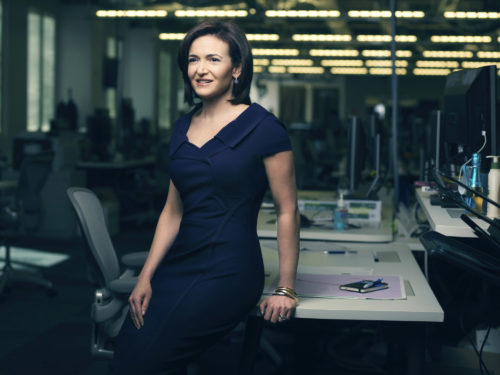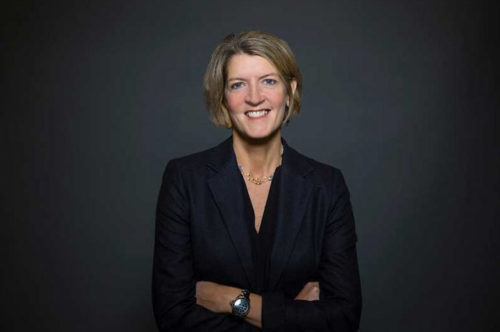First of all: of course there is! The sad truth is, though, that for most of the course of history this answer was not at all self-explanatory, and even nowadays some people have a hard time believing women can be experts at anything. Centuries of machinations by men led to science, professionalism and education being regarded as masculine. The inverse is also true: masculinity in and of itself represents expertise, deep knowledge and professionalism.
Knowing this, it’s hard to determine what a woman* should wear at her workplace where on one hand professionalism and expertise are baseline requirements, on the other hand gender roles dictate what is and is not appropriate to wear. And if this is difficult for straight women, it’s even more complex for lesbians* who, besides these confusing expectations of society, have to also deal with questions raised by their own identity.

While today we can puzzle over what to wear every day, at the beginning of the 20th century, in the early days of feminism the question of workplace clothing was brand new and posed a huge dilemma to the intellectuals of the day. In the era when women had no vote and their presence in the workplace was far from self-explanatory, Simone de Beauvoir, French philosopher, remarked that the few women with scientific or other careers were primarily judged by their appearance, not by their accomplishments. This got Beauvoir thinking that feminine fashion as a whole should be discarded, and women should wear masculine clothing that suggested physical prowess: this way at least they would have a chance to be taken seriously.
Gertrude Stein, American poet living in Paris, also chose to dress in a masculine way. Her choice wasn’t only motivated by the wish to be judged by her writing instead of her clothes but also by actively seeking out that professional vibe menswear could provide. She was repulsed by the reputation of ‘feminine poetry’ and wanted to (and did) move in the literary circles that Western culture considered capital-letter Literature.
The next wave of feminism stood by the exact opposite. As opposed to their early 20th century counterparts, in the middle of the century the emphasis was put on the ‘otherness’ of women. It’s not women who need to adapt because men are incapable of associating them with professionalism, rather it’s men who need to learn that expertise doesn’t only come in one form but can look several different ways.

Admirable as this notion is, truth is prejudices and discrimination didn’t disappear, quite the contrary: in the ‘50s and ‘60s women were pressed into robotic, service-type jobs, which in turn meant these jobs were being labelled ‘women’s work’. This is the era the secretary stereotype comes from, and it’s worth thinking about why almost all the service apps today are personified as women (see Siri, Alexa, Cortana etc. – are there even any exceptions?). In a word, the mid-century wave of feminism unfortunately failed to change the perception of society and separate the notions of femininity and unprofessionalism.
Siri and Co. and a myriad of other examples show that today we’re actually still facing the same dilemma Beauvoir and Stein did: masculinity still symbolises expertise and femininity is a drawback. Though the situation is more complex: today we have a lot of (if not nearly as many as there are men) women in leading positions and they (just like us, workers in ordinary jobs that still require expertise) must decide every day how they wish to present themselves. The example of female politicians shows that while expertise is required and therefore overly feminine presentation is unfavourable, most voters are put off and threatened by a woman who is ‘too masculine’, ‘too smart’. She can come across as scarily cunning which ‘isn’t fitting for a woman’. So, neither choice is good – and then we haven’t even mentioned sexual identity.
Of course neither Stein nor Beauvoir were the paragons of heterosexuality. It’s a well-known fact that Stein lived with Alice Toklas, and while Beauvoir was married to Jean-Paul Sartre, she had all sorts of relationships with both men and women. It’s hard to say in the case of Beauvoir, but as for Stein, it’s certain that the poet’s sexual identity played a big part in her fashion choices.

As a lesbian*, one can feel good either in masculine or feminine (or both or neither) clothing, but the labels of ‘too masculine’ or ‘too feminine’ get slightly different connotations, as they often involve the dismissal or devaluation of the identity itself. In such an environment the equation has so many components it’s nigh impossible to make a decision everybody agrees with. One ends up either being ‘un-ladylike’ or ‘not professional enough’ for others – or not herself enough, for herself.
So, this question has no definite answer: the best thing we can do is to go against the question itself. After all, the categories of ‘too masculine’ and ‘too feminine’, read: ‘unprofessional’ will only go away if we all dressed just the way we liked, like we wanted to. If a lot of women* are wearing masculine clothes then that won’t count as strictly menswear anymore and feminine clothes so strictly feminine, and if a lot of women wore feminine clothing while leading teams and inventing things, then feminine won’t automatically mean amateur, simple and clueless. Someday the link between masculinity and expertise must break. Till then I think all we can do is to dress the way we like, the way we can best express ourselves. It’s only that it’s good to know the history behind fashion and the hidden prejudices, if only to combat them more effectively.
Translated by Zsófia Ziaja

